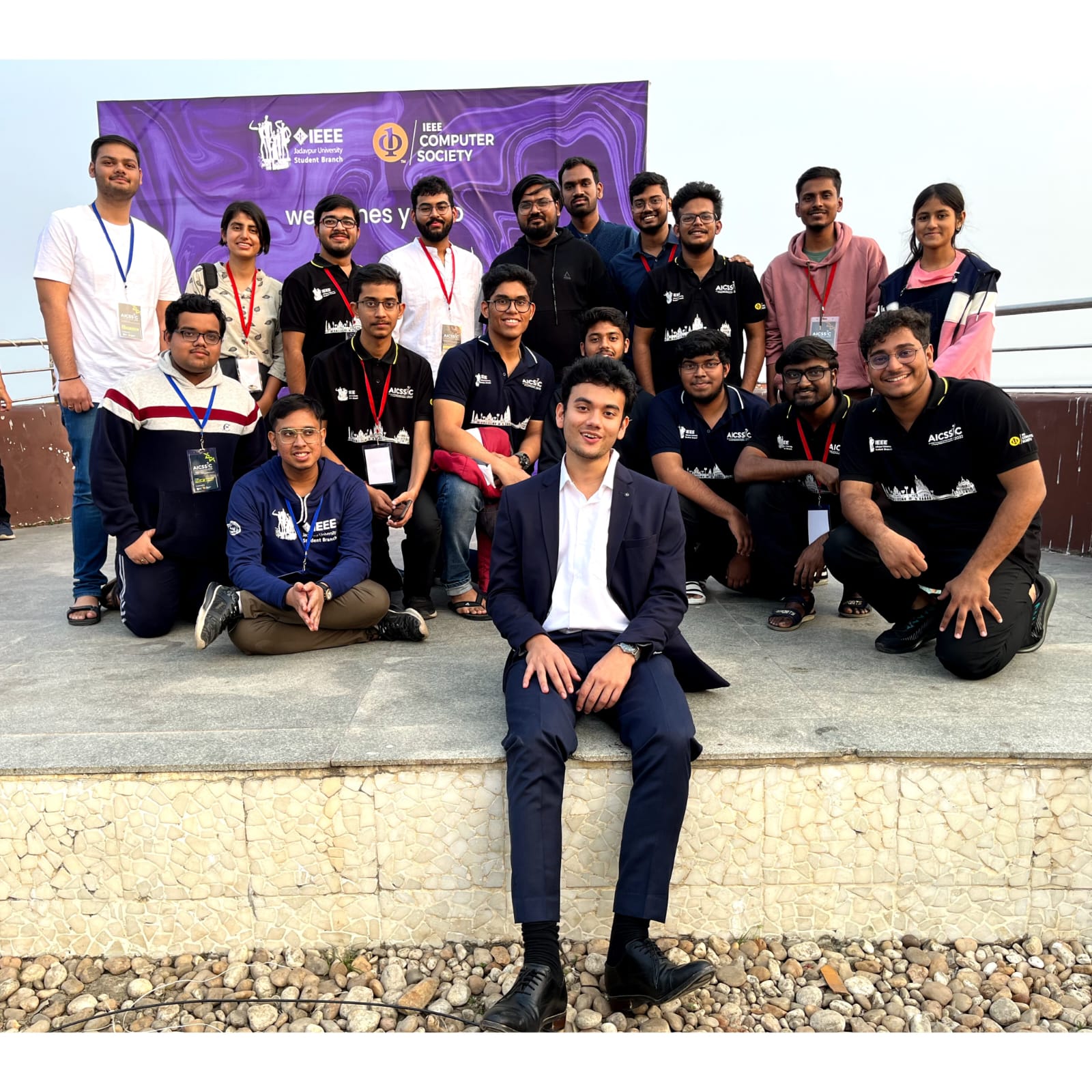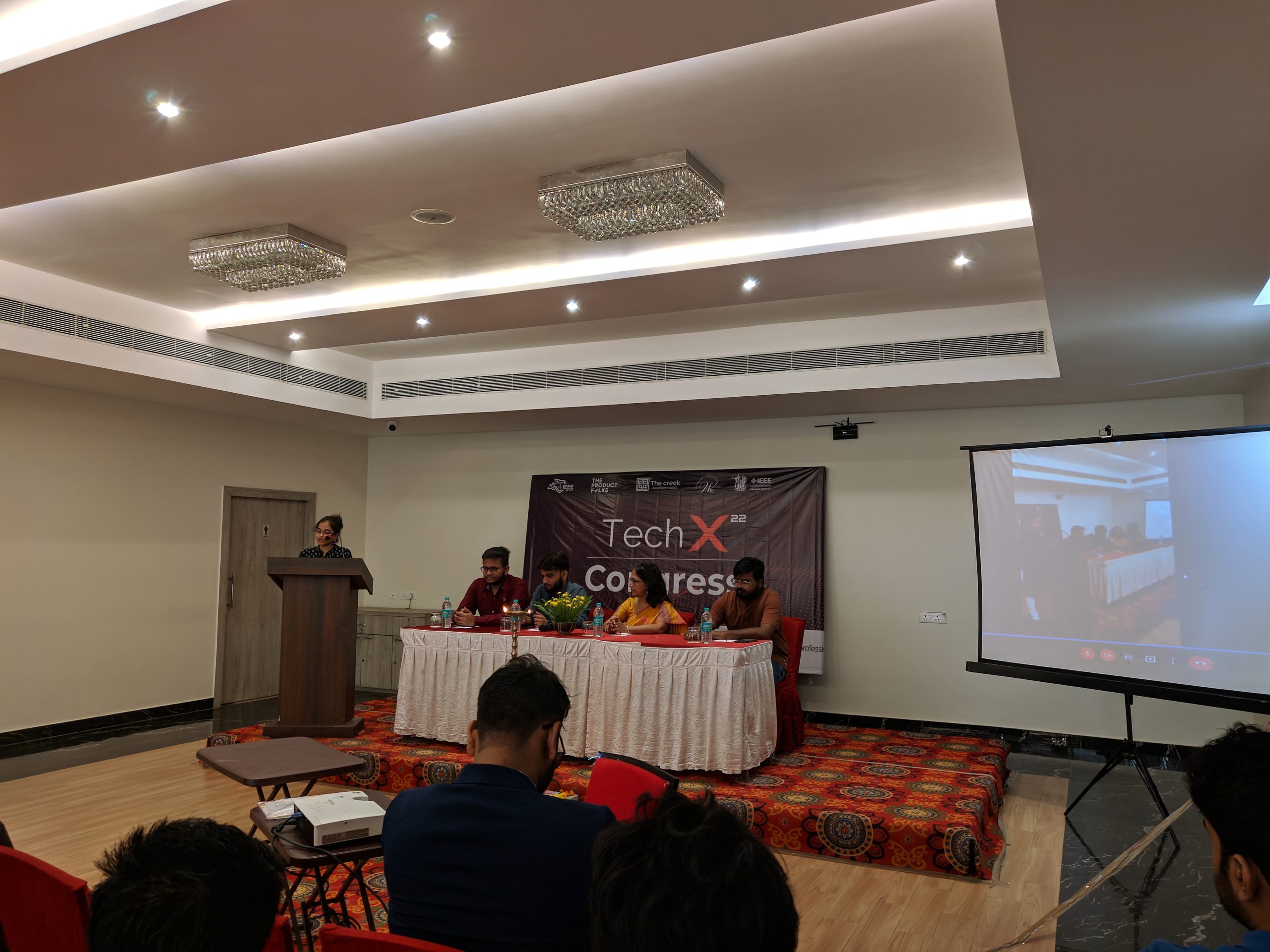IEEE Computer Society Kolkata Chapter
IEEE Computer Society Chapter, Kolkata Section is a professional chapter of the IEEE Computer Society, which is is a ever-expanding and diversifying community of computing professionals. We strive to maintain our goal of being the most trusted source for information exchange , inspiration, and collaboration in computer science and engineering, focusing on the regions of the state of West Bengal, India
Read More








